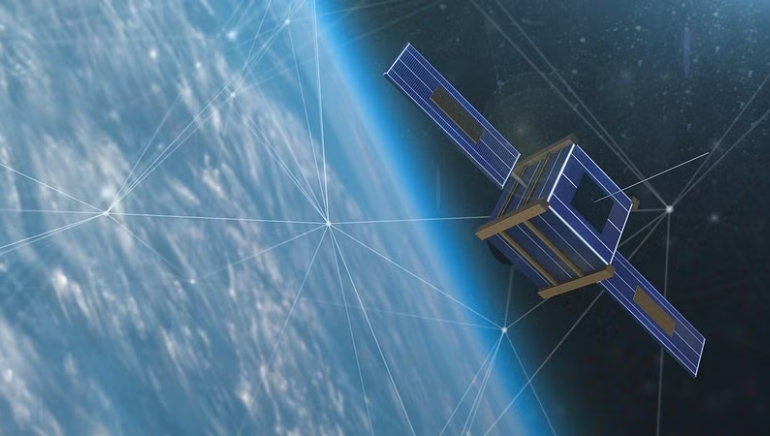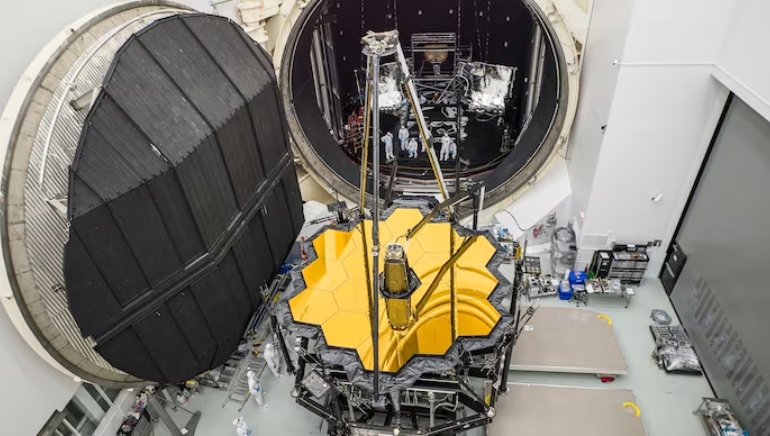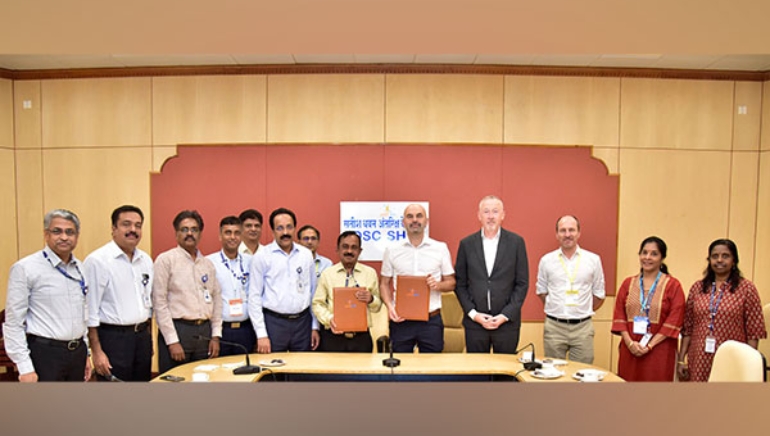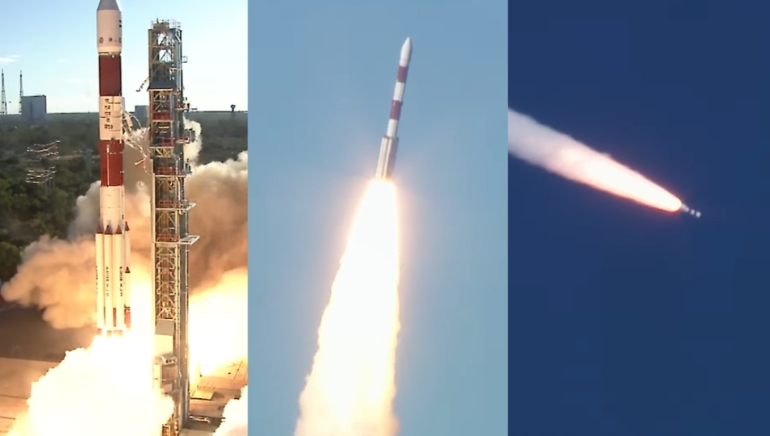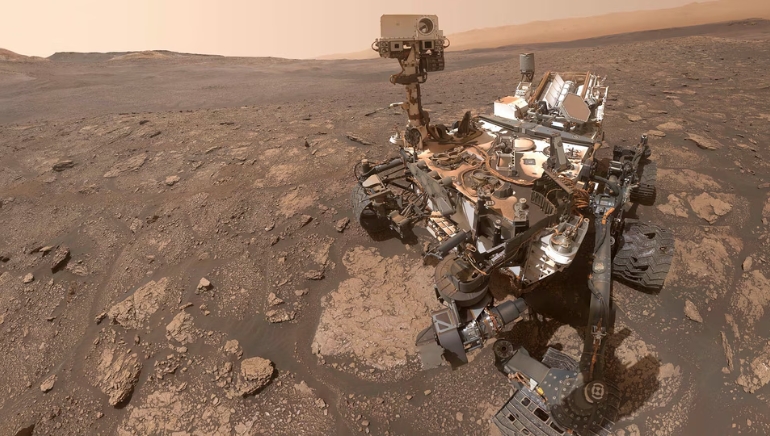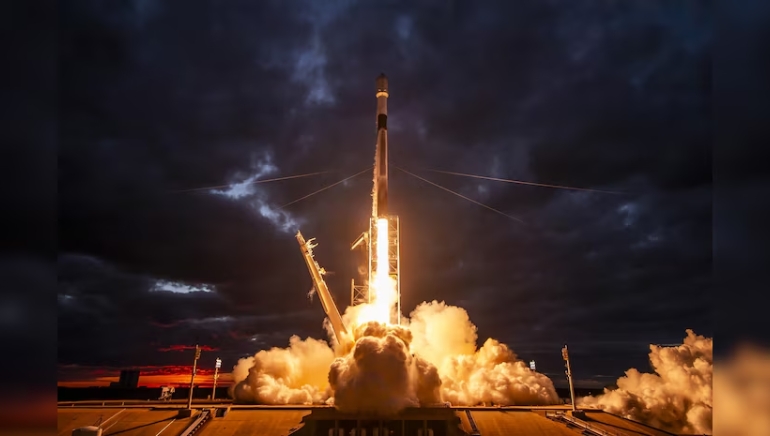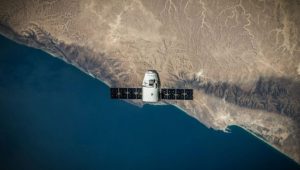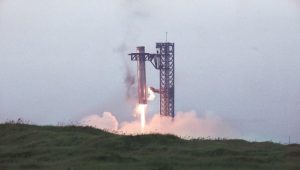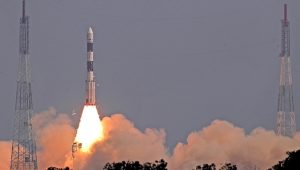Space startups in Japan and India have teamed up to tackle orbital congestion. On Tuesday, they announced plans to study using laser-equipped satellites to remove space debris.
Tokyo-based Orbital Lasers and Indian robotics firm InspeCity will explore business opportunities for in-space services. These include de-orbiting defunct satellites and extending spacecraft lifespans.
Orbital Lasers, a spin-off from Japanese satellite giant SKY Perfect JSAT, is developing a unique system. The system will use laser energy to vaporize parts of space debris, slowing its rotation. This makes it easier for servicing spacecraft to capture and remove the debris.
The company aims to demonstrate the system in space and supply it to operators after 2027. According to Aditya Baraskar, Orbital Lasers’ global business lead, the system can be mounted on InspeCity satellites if they meet regulatory requirements in India and Japan.
The companies have signed a preliminary agreement to launch the collaboration. InspeCity, founded in 2022, raised $1.5 million last year. Orbital Lasers has raised 900 million yen ($5.8 million) since its launch in January.
This project highlights growing cooperation between Japan and India. Their governments are also partnering on the Lunar Polar Exploration (LUPEX) mission, which could launch as early as 2026.





